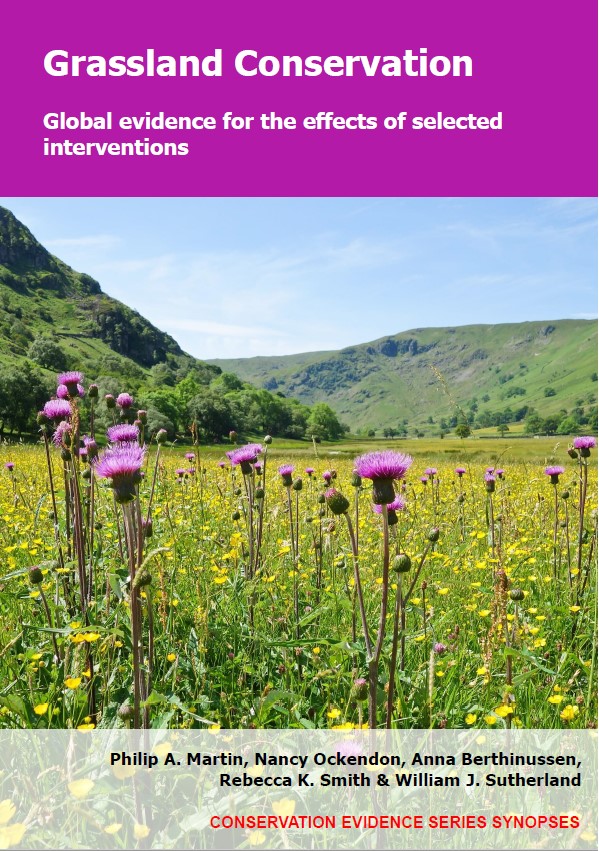Sow seeds in prepared gaps within vegetation
-
Overall effectiveness category Evidence not assessed
-
Number of studies: 1
View assessment score
Hide assessment score
How is the evidence assessed?
-
Effectiveness
not assessed -
Certainty
not assessed -
Harms
not assessed
Study locations
Supporting evidence from individual studies
A replicated study in 2013–2015 in eight species-poor grassland sites in east Hungary (Valkó et al. 2016) found that sowing seeds in large gaps created in grassland led to a greater cover of sown target plant species than sowing in smaller gaps but the cover of weeds was similar. During the first two years after sowing, the average cover of target plant species was higher when seeds were sown in large gaps (4 x 4 m: 52–59%) than in smaller gaps (1 x 1 m: 27–31%; 2 x 2 m: 16–39%). The cover of weed species did not differ significantly between the three gap sizes (1 x 1 m: 19–26%; 2 x 2 m: 16–29%; 4 x 4 m: 19%). In October 2013, gaps of three sizes (1 x 1 m, 2 x 2 m, 4 x 4 m) were created >50 m apart within existing grassland at each of eight sites. All sites were former arable fields sown with a low diversity grass seed mix in October 2005. Gaps were prepared by digging, rotary hoeing and raking the soil. All gaps were sown with a seed mixture of 35 native grassland species at a rate of 10 g/m2 and grazed by cattle in April–October each year. Vegetation cover was recorded in each of the 24 gaps in June 2014 and 2015.
Study and other actions tested
Where has this evidence come from?
List of journals searched by synopsis
All the journals searched for all synopses
This Action forms part of the Action Synopsis:
Grassland Conservation
Grassland Conservation - Published 2021
Grassland Synopsis





)_2023.JPG)














